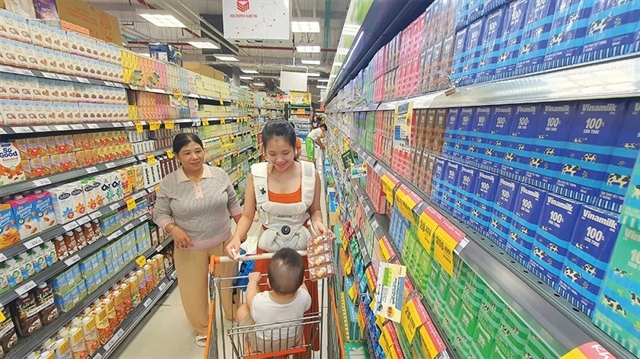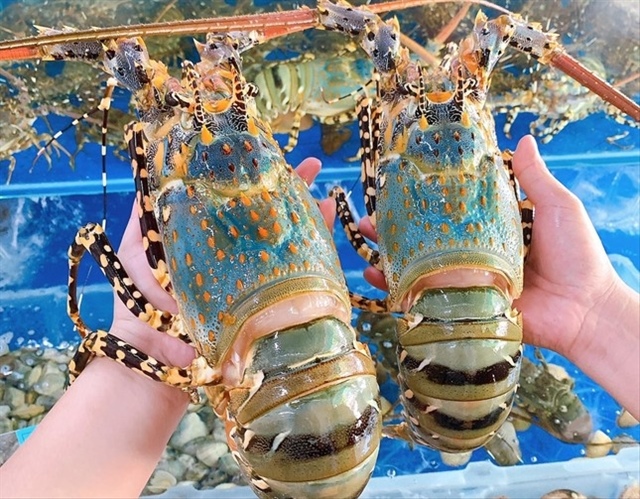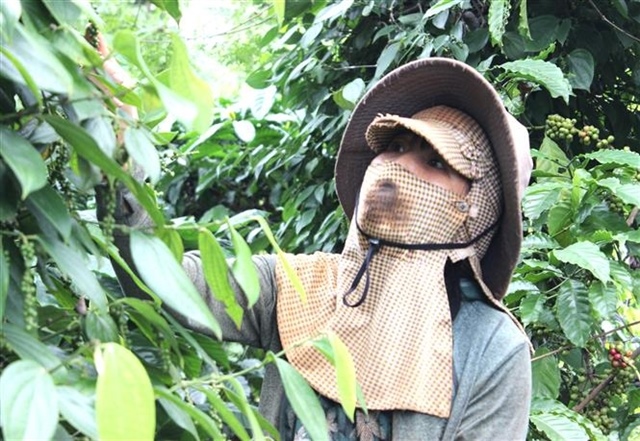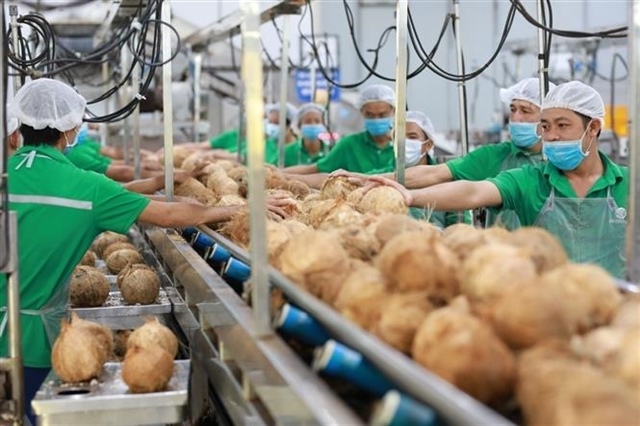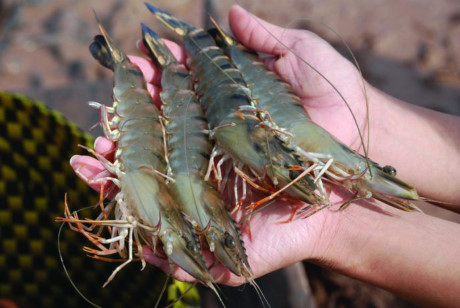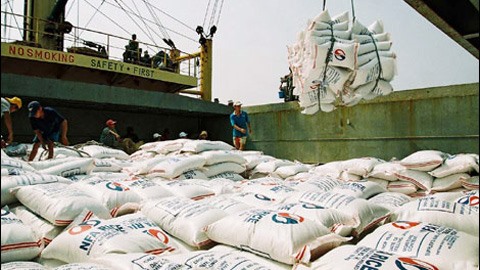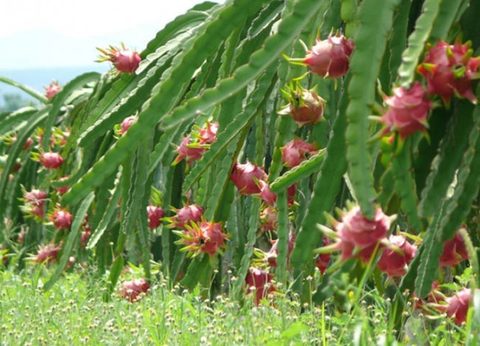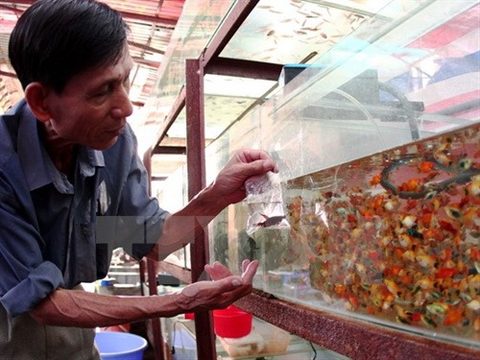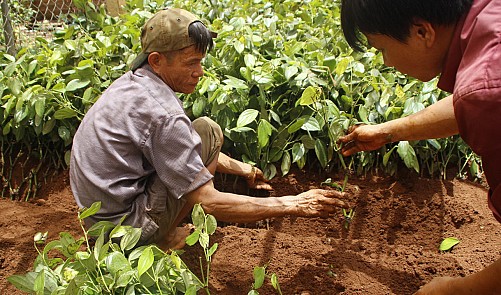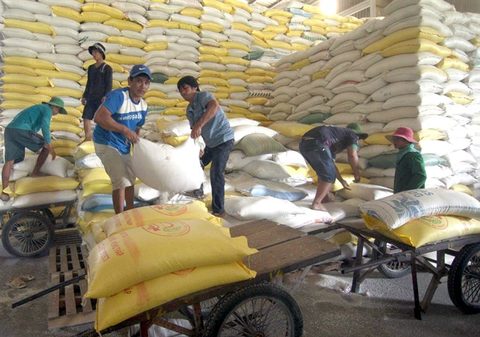Pork without traceable origin to be barred from Ho Chi Minh City markets
Pork without traceable origin to be barred from Ho Chi Minh City markets
Ho Chi Minh City is looking to ban all pork without origin traceability from its markets, starting at the end of this month, a move expected to improve the municipality’s food safety records.

Poultry and eggs are the next foods to undergo the origin-tracing scheme in the southern metropolis.
The announcement was made by the People’s Committee of Ho Chi Minh City during a seminar on Friday to review a pilot scheme that allows tracing the origin of pork sold in the city via a mobile app.
The plan, implemented since January by the Department of Industry and Trade, enables customers to track the journey of a piece of pork from farms to slaughterhouses to markets or supermarkets by scanning a QR-coded label on the meat package.
According to Nguyen Ngoc Hoa, deputy director of the municipal Department of Industry and Trade, the plan has been positively received over the past five months at the city’s Binh Dien and Hoc Mon wholesale markets.
Most butchers at these markets have got used to selling pork of traceable origin, Hoa said on Friday.
Starting July 31, Ho Chi Minh City will officially tighten its control over pork sold at all local markets, barring those that fail to be tracked from entering the marketplaces.
Imported pork will soon be subject to the same requirements to create a level playing field, according to Pham Thanh Kien, director of the local Department of Industry and Trade.
“Improving safety standards for locally produced pork to regain customers’ trust is the first step in pitting our products against imported meat in fair and square competition,” Kien said.
Hoa added that, from September 1, poultry and eggs would also undergo a similar scheme to mandate origin traceability across the city after a two-month test period, starting Saturday.
All information on a piece of chicken from the day the chicken was born will be tracked, including which types of poultry feed and vaccines were used during its growth, Hoa said.



